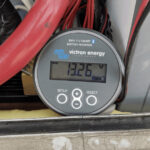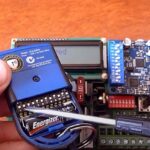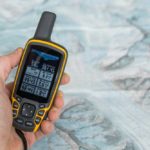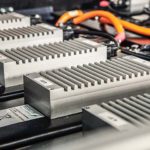Data logger is an electronic instrument that is used to record measurements at set intervals over a particular period of time. There are different data loggers and they differ in air temperatures, relative humidity, voltage and AC and DC currents, soil moisture, water level, water temperature, dissolved oxygen, wind speed, wind direction, pulse signals, plug load, etc. Hand-held and compact, data loggers are powered by batteries and use an internal microprocessor, one or more sensors and a data storage.
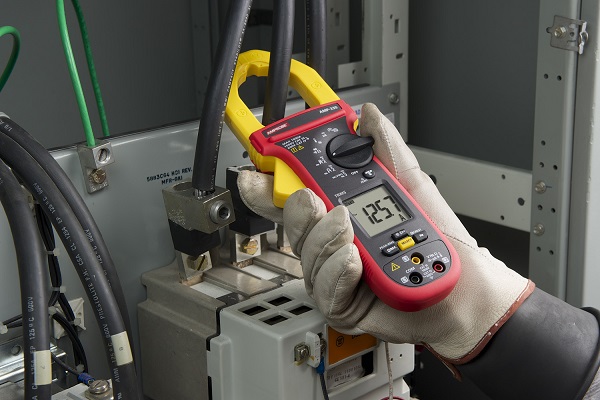
These devices can be either stand-alone single units with internal sensors, small enough to fit a basic hand palm, or multi-channel data collection instruments with multiple external sensors. Data loggers can be used for various applications, whether outdoors, indoors or underwater. In other words, data loggers are used wherever data is needed to be measured and battery-powered devices are preferred.
How Do Data Loggers Work?
To use a data logger, you must have a computer or a laptop with an USB interface and a logger software. You need to connect your logger to your computer or laptop and install the software to choose logging parameters and activate the logger. Then, you disconnect the logger and deploy it in the desired location to record and store each measurement in its memory, along with date and time. If you want to establish a wireless connection, you can use a Bluetooth logger. After the required monitoring period, reconnect the data logger to your PC and use the software to read the data and preview the measurements in graphs.
Common Data Logger Types
There are many different types of data loggers, but the three main types are: Bluetooth data loggers, web-based logging systems and stand-alone data loggers.
- Bluetooth Data Logger: Bluetooth data logger is a simple logger without all the cables and with an advantage of wireless connectivity. This logger is able to measure and transmit temperature and other data wireless to computers or mobile devices within a 30-meter range.
- Web-Based Logging System: Web-based logging systems allow you to remotely access data using the Internet, Wi-Fi or GSM cellular. These logging systems use external plug-in sensors to transmit and send collected data to a secure web server for Internet access.
- Stand-Alone Data Logger: Portable, simple, small and reusable, stand-alone USB data loggers are your cheapest logging option. Data loggers that use internal sensors monitor directly at the logger location, while those that use external sensors monitor at some distance from the data logger. The logging data is transmitted to a computer via a USB interface.

